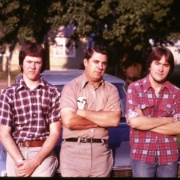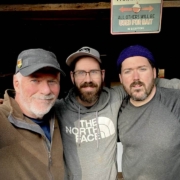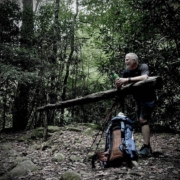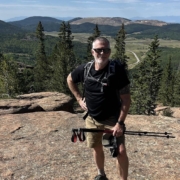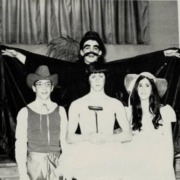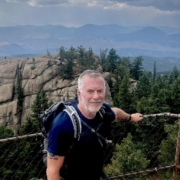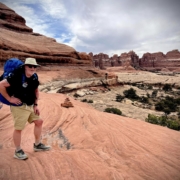How to Make Lemonade | Healthy Aging Series: S10 E17
Greater Prairie Chickens It was the spring of 1973 and we were headed to Prairie Ridge State Park in Central Illinois to watch the courtship of Greater Prairie Chickens. It was my friend Don Andrews, Willard Gray, our 4H County Extension Agent, and me. We drove over on a Friday afternoon. It was 65° when…

